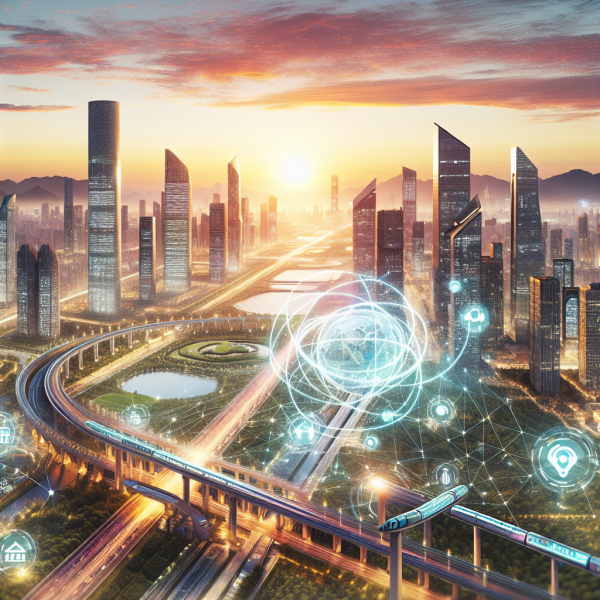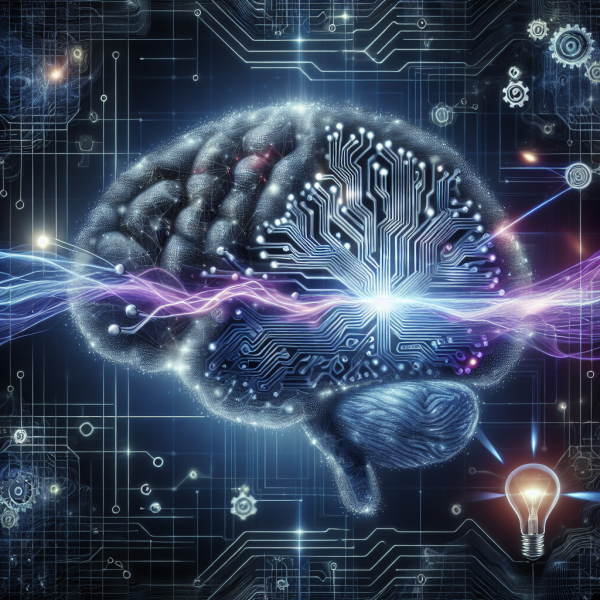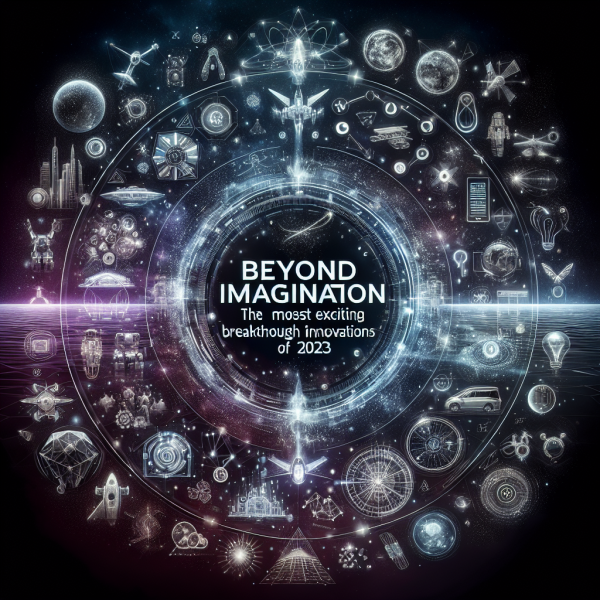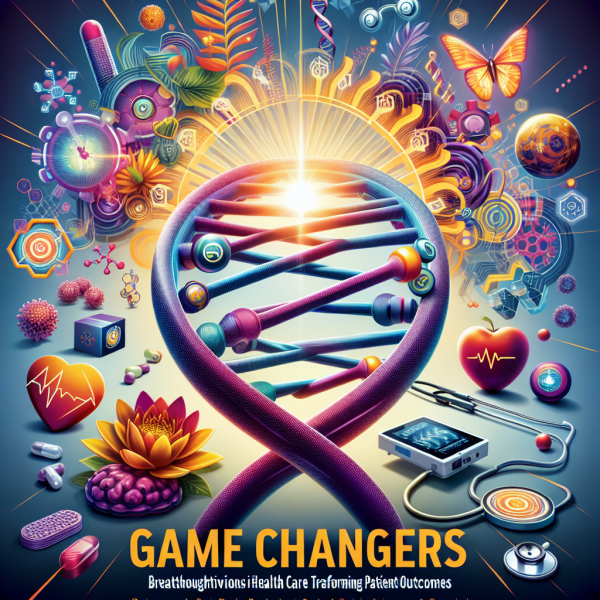Smart Homes and Cities: The Future of Urban Living Powered by IoT
As we stride deeper into the 21st century, the buzz surrounding smart technology becomes louder, driving a transformation in how we live, work, and connect with our environments. At the forefront of this transformation are smart homes and smart cities, powered primarily by the Internet of Things (IoT), a technology that interconnects everyday devices and systems. As urban environments continue to grapple with challenges such as population growth, environmental sustainability, and infrastructure strain, the integration of IoT into urban living presents exciting opportunities for a more efficient, comfortable, and connected future.
The Rise of Smart Homes
Smart homes represent an evolution in residential living, characterized by the seamless integration of technology to enhance convenience, security, energy efficiency, and overall quality of life.
Key Features of Smart Homes
-
Home Automation: Smart houses utilize IoT-enabled devices to automate everyday tasks. From smart thermostats that learn your heating preferences to automated lighting that adjusts based on the time of day, home automation allows homeowners to optimize comfort and reduce energy consumption.
-
IoT Security Systems: Advanced security systems that leverage IoT technology provide homeowners with real-time surveillance and alerts. Smart locks, video doorbells, and motion detectors not only enhance security but also allow homeowners to monitor their properties remotely from mobile devices.
-
Energy Management: Smart homes contribute to sustainability efforts through intelligent energy management systems. These systems can monitor energy usage, suggest efficiency improvements, and even connect to renewable energy sources, such as solar panels, ensuring a reduced carbon footprint.
-
Heath and Wellness Monitoring: Integrating health-monitoring systems into smart homes encourages healthier lifestyles. IoT devices like smart scales, air quality monitors, and even sleep trackers contribute to a holistic view of well-being, giving users valuable insights.
- Voice and AI Assistants: Voice-activated systems, such as Amazon Alexa and Google Assistant, allow homeowners to control devices and access information seamlessly, making technology more accessible.
Smart Cities: A Vision for Urban Living
As more people flock to urban areas, the need for smart cities has never been more pressing. Smart cities utilize technology, especially IoT, to improve city services, enhance the quality of life for residents, and create sustainable environments.
Core Components of Smart Cities
-
Integrated Transportation Systems: IoT technologies enable more efficient public transportation systems through real-time data insights. Smart traffic management systems optimize flow, while apps provide commuters with real-time updates on public transport availability.
-
Sustainable Resource Management: Smart cities monitor and manage resources like water and energy more effectively. Sensors can detect leaks in water supply lines, while energy grids can balance loads to maximize efficiency, reducing wastage and lowering costs.
-
Waste Management Solutions: Smart bins equipped with sensors track waste levels and optimally schedule collection routes. This not only reduces operational costs but also minimizes the carbon footprint associated with waste management.
-
Enhanced Public Safety: IoT-enabled surveillance systems and emergency response solutions offer local authorities tools to ensure public safety. With data analytics, cities can identify crime hotspots and deploy resources more effectively.
- Citizen Engagement Platforms: Smart cities often employ platforms that allow residents to engage with local governance. This includes feedback mechanisms regarding city services, participatory budgeting tools, and platforms for community initiatives, fostering a sense of involvement and community spirit.
The Challenges Ahead
While the promise of smart homes and cities is enticing, several challenges need to be addressed.
-
Data Privacy and Security: The interconnectivity of devices raises significant concerns about data privacy. Ensuring that citizens’ data is protected and that devices are secure will be paramount to greater acceptance.
-
Infrastructure Costs: Transitioning existing infrastructure to smart technologies involves substantial investment. Governments and private entities must collaborate to fund these initiatives and ensure equitable access.
-
Digital Divide: As technology advances, it is crucial to ensure that all community members can access smart technology. Bridging the digital divide will require intentional outreach and education efforts to ensure that disadvantaged populations are not left behind.
- Regulatory Challenges: The rapid pace of technological change can outstrip existing regulatory frameworks, potentially leading to gaps in oversight and accountability. Policymakers must adapt quickly to these changes to protect citizens’ rights and promote ethical practices.
Conclusion
The integration of IoT into smart homes and cities is reshaping urban living, promising a future that is not only more connected but also more efficient and sustainable. As we embrace this technological evolution, it is vital to address the accompanying challenges through thoughtful policy-making, community engagement, and a focus on inclusivity. The potential for smart homes and cities is immense, and with careful planning and execution, they will significantly enhance our urban experience, paving the way for a smarter, more resilient future.














